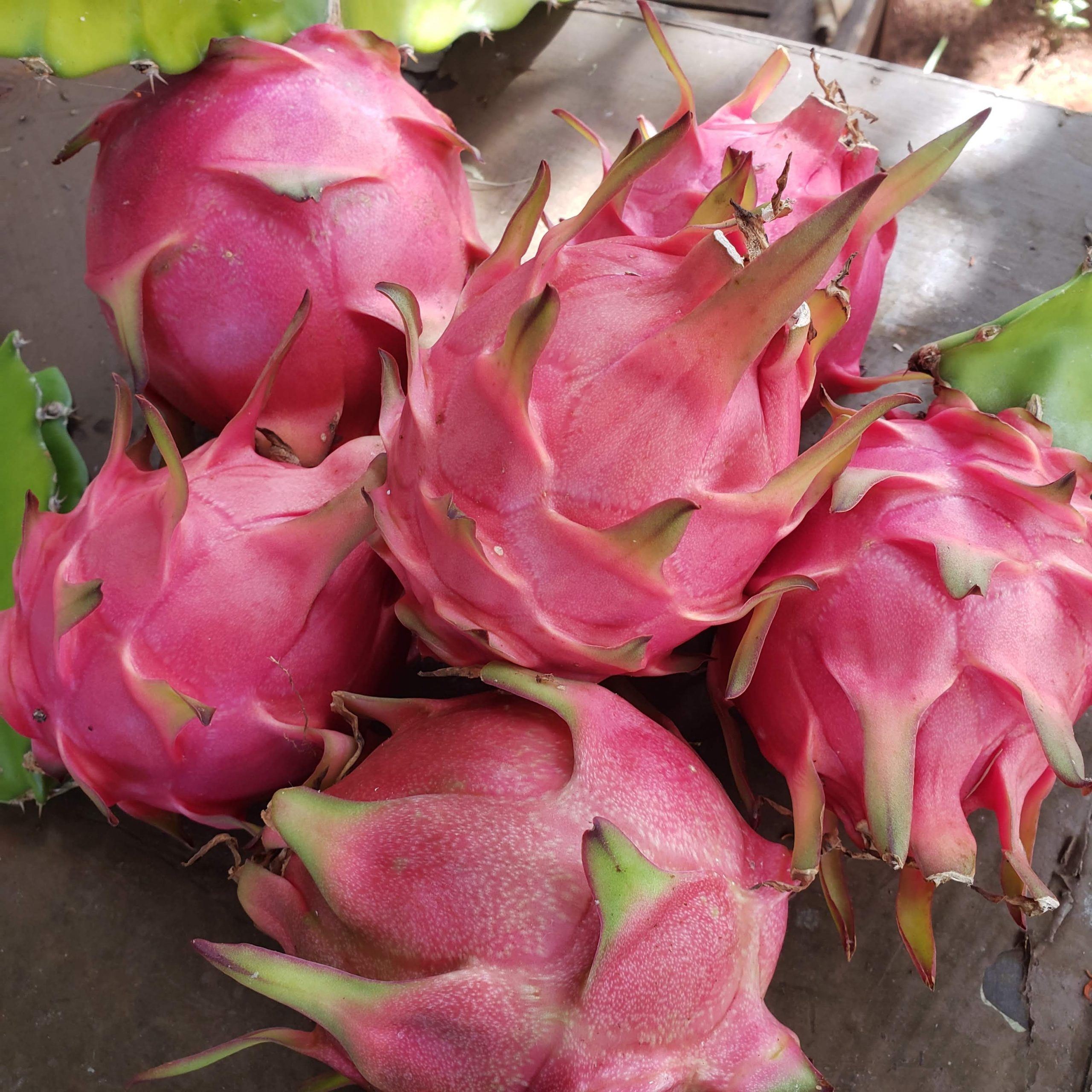Important Facts For Prelims
Dragon Fruit
- 12 Jul 2022
- 4 min read
Why in News?
Recently, the Centre has decided to promote the growth of dragon fruit, which is recognized as a "super fruit" for its health advantages.
- Further, the Centre believes that due to the fruit's nutritional benefits and global demand, farming in India may be extended.
What is Dragon fruit?
- About:
- Dragon fruit grows on the Hylocereus cactus, also known as the Honolulu queen.
- The plant is native to southern Mexico and Central America. Today, it is grown all over the world.
- At the moment, Mizoram tops among the States that cultivate this fruit.
- It goes by many names, including pitaya, pitahaya, and strawberry pear.
- The two most common types have bright red skin with green scales that resemble a dragon.
- The most widely available variety has white pulp with black seeds, though a less common type with red pulp and black seeds exists as well.
- The fruit is considered good for diabetic patients, low in calories and high in nutrients like iron, calcium, potassium and zinc.
- Largest Producer:
- The world’s largest producer and exporter of dragon fruit is Vietnam, where the plant was brought by the French in the 19th century.
- The Vietnamese call it thanh long, which translates to “dragon’s eyes", believed to be the origin of its common English name.
- Apart from Vietnam, this exotic fruit is also grown in the USA, Malaysia, Thailand, Taiwan, China, Australia, Israel, and Sri Lanka.
- The world’s largest producer and exporter of dragon fruit is Vietnam, where the plant was brought by the French in the 19th century.
- Features:
- Its flowers are hermaphrodites (male and female organs in the same flower) in nature and open at night.
- The plant sustains yield for more than 20 years, is high in nutraceutical properties (having medicinal effects) and good for value-added processing industries.
- It is a rich source of vitamins and minerals.
- Climate Conditions:
- As per the Indian Council of Agriculture Research, the fruit plant doesn’t need much water and can be cultivated on dry land.
- The cost of cultivation is initially high. but the plant doesn’t need productive land, it gives maximum production from the non-productive, less fertile areas.
What are the Related Steps taken by the State Governments?
- The Gujarat Government recently renamed dragon fruit as kamlam (lotus) and announced an incentive for farmers who cultivate it.
- The Haryana Government also provides a grant for farmers who are ready to plant this exotic fruit variety.
- The Government of Maharashtra has taken the initiative to promote dragon fruit cultivation in different areas of the state by providing good quality planting material and subsidies for its cultivation through the Mission on Integrated Development of Horticulture (MIDH).





